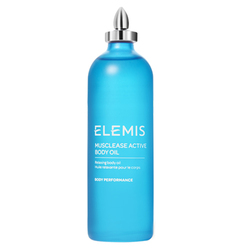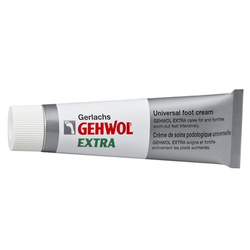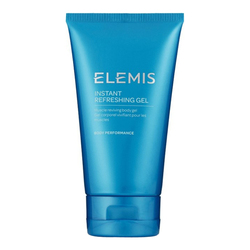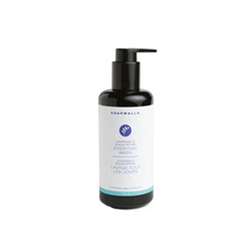Soreness
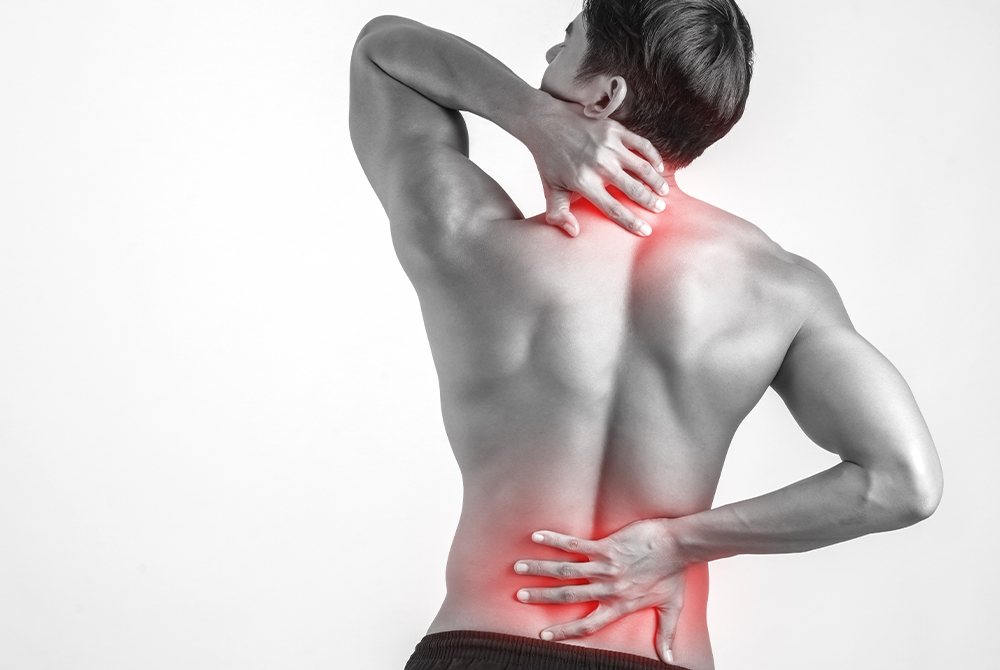
Posted By Vien
| Soreness is a common symptom of exercise and general wear and tear on your body. It can be either acute or chronic depending on your activity level and the type of activity. While acute soreness will only last for a few days, chronic soreness can linger for months or years with no treatment. Fortunately, there are many ways to alleviate this discomfort both at home and with visits to your doctor's office. Soreness is different from pain. While pain occurs in the body around an irritated nerve ending, soreness results from fatigue and inflammation within muscles. Soreness is a natural part of physical activity and shouldn't be confused with an injury or other condition that causes pain. While it may be uncomfortable to experience, it doesn't mean something is wrong with your body. Soreness usually goes away within two days after exercising (or even just walking) and can last up to five days depending on how often you work out or do an activity that causes your muscles to be sore (e.g., running). Pain can also occur when participating in a sport or exercise routine, but this typically indicates some sort of damage has occurred inside the body—such as an injured bone, torn ligament, or inflamed tissue—which likely requires medical attention if left untreated for too long before seeking treatment at some point after experiencing the symptoms associated with such injuries. Soreness may be caused by one of many things. Exercise-induced muscle soreness results from damage to muscle tissue after intense activity. Overuse is another common cause of soreness in muscles and joints. You’re sore. It's a feeling that everyone knows well, and it's easy to understand why you're feeling that way. Soreness is usually brought on by some type of exercise or activity that puts added stress on your muscles and joints. More specifically, it can also result from an overuse injury such as tendinitis or bursitis (a condition caused by inflammation around a joint). In some cases, the pain may have nothing to do with exercise—if you've recently changed positions at work or slept in an awkward position for too long (like sleeping on your back), you might wake up more sore than usual the next day. While muscles are most commonly associated with muscle soreness after a hard workout, they aren't the only cause: bones can become inflamed following overuse injuries like stress fractures; ligaments and tendons (the tissues surrounding joints) can also be damaged by repetitive motions over time; even nerves can become pinched due to inflammation causing pain throughout the body. The good news is that muscle and joint soreness tend to go away after a few days. The bad news is that if you have severe pain or swelling, it's important to see a doctor—especially if this type of discomfort continues after several weeks! It's important to know when you should seek a doctor's help for your soreness to avoid developing more serious injuries.
There are many ways to relieve soreness and prevent it in the future. Soreness often occurs after exercise and can be a sign that you're pushing your body too hard. If you're experiencing soreness after exercise, there are many ways to relieve it and prevent it in the future:
You can also try these products that we have:
Hopefully, this article has helped you understand what soreness is and how to treat it. Remember that there are a lot of things that could cause pain, so it's important to take care of yourself. If you're experiencing serious pain or other symptoms such as swelling in your joints or shortness of breath, please seek medical attention immediately! Summary Soreness is a natural part of physical activity and shouldn't be confused with pain. While it could be unpleasant to go through, soreness doesn't necessarily signify that something is wrong with your body. Exercise or other activity that puts additional stress on your muscles and joints is usually what causes soreness. Fortunately, there are numerous methods for reducing this discomfort, both at home and with trips to the doctor. Video Source: AskDoctorJo | Muscle Soreness & Ways to Relieve It |
